If you want to protect the wall framing or your walls, then you can decide to install a house wrap. It might be a piece of fabric or paper, or any other board material that covers up the exterior layer of the house, the sheathing. These materials are very effective at repelling water and keeping the house as dry as possible, and it can become a problem if the water enters the wall cavities. In this article, we will take a look at how to install house wrap properly.
What is House Wrap?
Some houses have house wrap installed, as they want to protect their house’s structural components from water. This wrap must also allow the exterior of the house to dry if it ever gets wet. It is an important piece of the house exterior that some owners try to do it on their own. It is not that hard to do, but it requires a lot of precision and also knowledge.
Most often, the installation is more important than the quality of the house wrap. Luckily, there are plenty of tutorials and instructions telling you how to install the house wrap properly, and this is one of them. It is very important to have house wrap installed in a proper way, as it can prevent possible leaks and an improperly installed house wrap can minimize the potential of the material.
That being said, there are several types of house wraps that you can install, and each one of them requires a special technique of installing. Each one requires a different way of how to install house wrap.
Types of House Wrap
In the case of the original WRB, the material is the “tar paper”, which is an asphalt-impregnated material that is used to protect the house. Nowadays, the wrap can be made from many other various types of materials, more specifically, plastic fabrics and other similar types.
Tar Paper
This is the most commonly used type of house wrap, and for good reasons: it is reliable and very effective.
Grade-D building paper
It is often found under stucco siding, and it is also an asphalt-impregnated material that is commonly used.
Polyolefin fabric
This is also a very popular type of house wrap made from plastic.
Liquid WRB
These are applied differently than the usual house wraps. They come in the shape of a tarry liquid that is installed with a paint roller or spray.
Rigid Foam
This type of wrapping is a bit older, but still very useful if installed properly and tightly.
WRB sheathing
These sheathing panels come with special coatings over the strandboards, and can act as sheathing and as WRB. You have to seal the joints with the provided manufacturer tape in order to install it.
Cheap house wraps should be avoided
Cheap house wraps are not beneficial, and can cause plenty of leaks and water vapor to pass through it. And that is the very reason why house wrap is installed in the first place. The perm rate of the wrapping dictates how much of the vapor actually passes through the wrap.
A good house wrap should be considered especially in colder areas, or in areas where there is a lot of moisture. Poor quality wrapping can allow the moisture to pass through much easier, leading to more vapor and damage to the house’s sheathing. That is especially the case where there is a lot of ice that can collect in the wall cavities.
How to install house wrap
There are many ways of how to install house wrap, but the general idea is still there. When installing the wrap, it should cover everything from the roof to the ground including gable ends and band joists, which can prevent leaking. The integration of the wrap with windows and doors is absolutely critical, and there should be no space where the water should enter. Everything should be covered.
Selecting the right type of wrapping is also essential, especially considering the area you live in. you should find out what type of wrapping is best for your area, and if it complies with your country’s jurisdiction. The next step is buying the wrapping and checking out the tutorial of how to install house wrap. The general process consists of: wrapping, taping, and flashing.
Wrapping
The first step is the wrapping of the house, which includes installing the wrapping from the foundation of the house to the top layers of the house. The higher course should overlap the lower course, and horizontal seams should overlap at least 2 inches, while the vertical ones should overlap at least 6 inches.
Taping
The next step is taping, which includes sealing or securing the wrapping with the tape that is provided by the manufacturer. In some cases, it might include stapling the wrapping into place, although this should be done with caution and it shouldn’t cause tears when stapling.
Flashing
The last step is flashing, and it requires a lot of precision. The flashing process includes taping, or flashing, the edges of the windows and the doors, which can prevent a lot of leakages. This is where a lot of precision is required by the person doing it.
How to install house wrap
This is how to install house wrap in more detail. You should start at the bottom of the exterior of the house, and make your way towards the top. The gable ends should also be covered, and do this with the shingle method. The water that gets dripped from the wrap will make its way down the wrapping, so every part of the house should be covered. Everything should be overlapped to prevent the water from entering.
It’s important to prime the wood siding
Before installing the wrap, you should prime the backs of the wooden sidings of your house, where there is a higher risk of the condensation making damage. This will ensure that the siding doesn’t get destroyed once the water starts sliding downwards.
Use the stinger to install fasteners
This process can take forever, so it is recommended that you do this step with the stinger cap staple hammer. It works like the regular stapler, but only that it sinks nails instead of staples. It is a much faster way of doing this than just doing it by hand, even if it can be expensive to buy the equipment, and it takes time to learn.
Use 3-inch tape
This tip will save you a lot of time. Nowadays, almost every seam needs to be sealed using tape, and the manufacturer only provides 1-inch tapes. Sometimes, 2-inch tapes are used, but it is better and much faster to use 3-inch tapes. Not only is this faster, but it will complete the job much more securely and the sealing will be stronger.
Straighten before you fasten
If you find yourself creating wrinkles when you lay out the wrap, it is important that you correct the wrinkles before you fasten. These wrinkles can not only ruin the appearance, but they can also be trappings for water, which can lead to problems. So the best way to do it is to get the roll into the position, straighten it, and put a few fasteners in the middle before proceeding.
Add tape to everything that penetrates the wall
Not only the seams, but everything that goes through the wall requires taping to secure it from leaking. That comes especially handy with pipes. All pipes should be taped completely and as precisely as possible, which can be leaking points in the wall. The same should be done with every other piece that penetrates the wall.
Don’t cut out window openings
One of the most important parts of how to install house wrap is to not cut out window openings.
Seal windows and doors with tape
Installing house wrap-around windows and doors can be a pretty precise job, and it requires a lot of time and effort. The best tip is to tape the windows and doors onto the brick mold or the edge of the window in a very precise fashion. A good way to do this is to not peel the whole window tape at once, but rather, move by sections. It can be a tedious operation, but it is a very important part of how to install house wrap.
Some tips on how to install house wrap
- Follow the provider’s instructions
- Seal all the seams properly with the tape
- Work your way up from the bottom to top
- Install house wrap before doors and windows
- Use the fabric around windows and edges as precisely as possible
- Prevent chemicals from entering with the tape
- Extend the house wrap over the footing for an inch or two
If you liked this detailed article on how to install house wrap, you should check out these as well:
- Can I use caulk instead of grout? A grout vs caulk comparison
- How long do asphalt shingles last and when you should change them
- How to pick cool wallpapers for your room
The post How to install house wrap properly and not mess it up appeared first on Impressive Interior Design.
source https://www.impressiveinteriordesign.com/how-to-install-house-wrap/
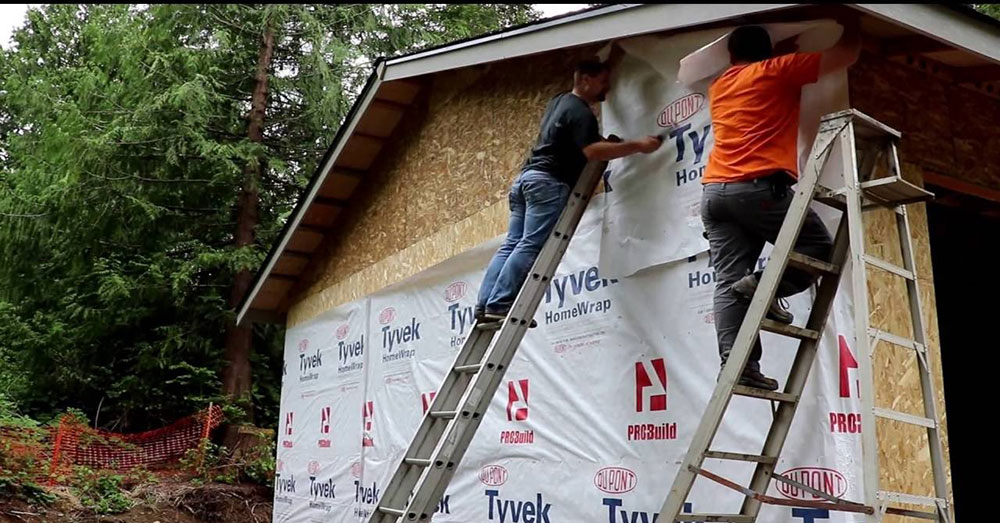
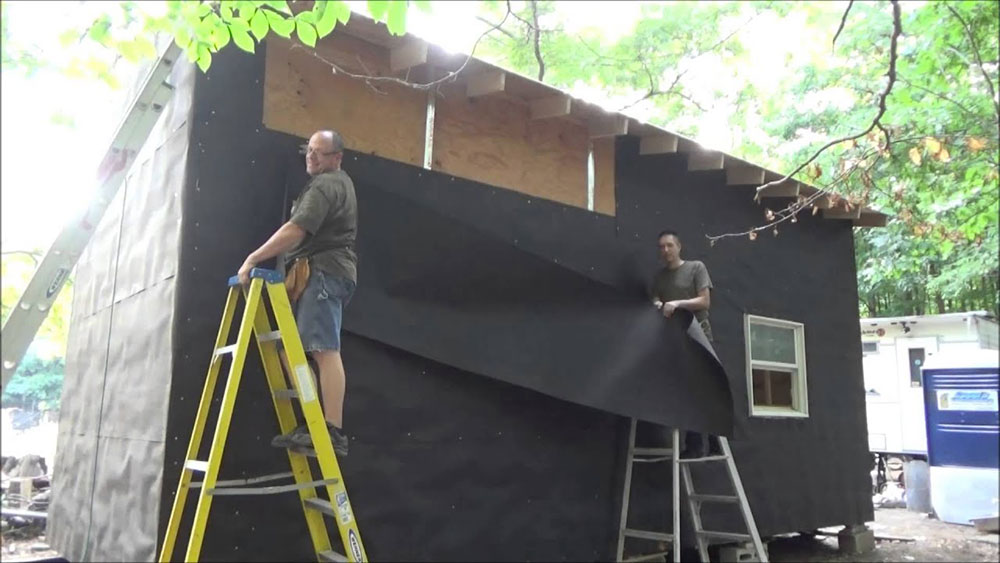

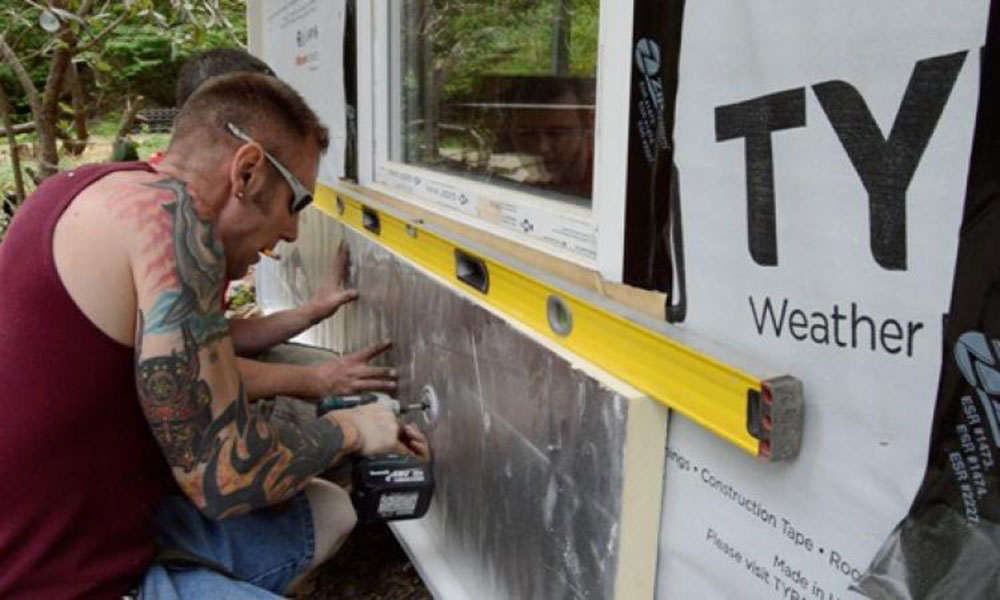
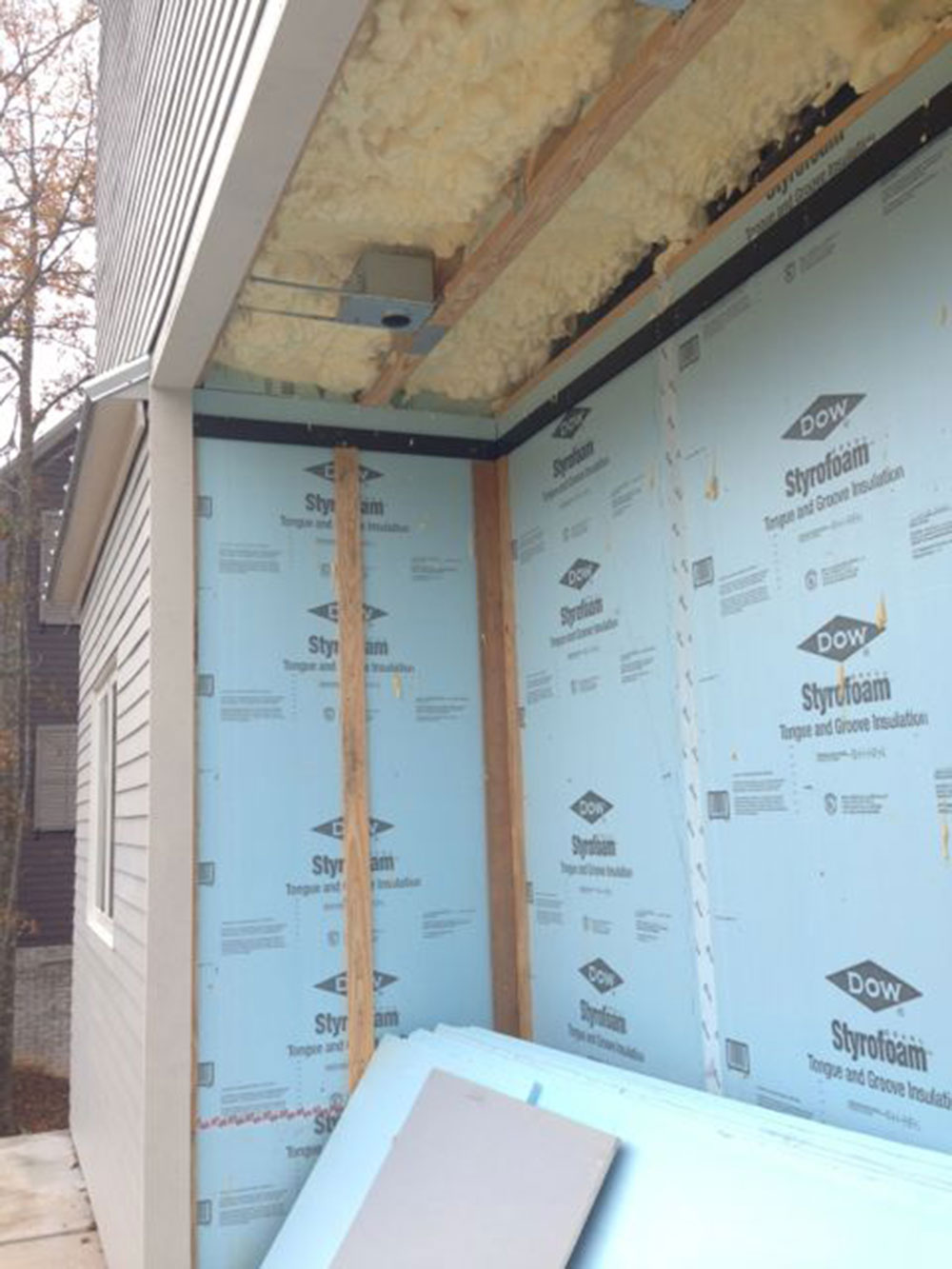
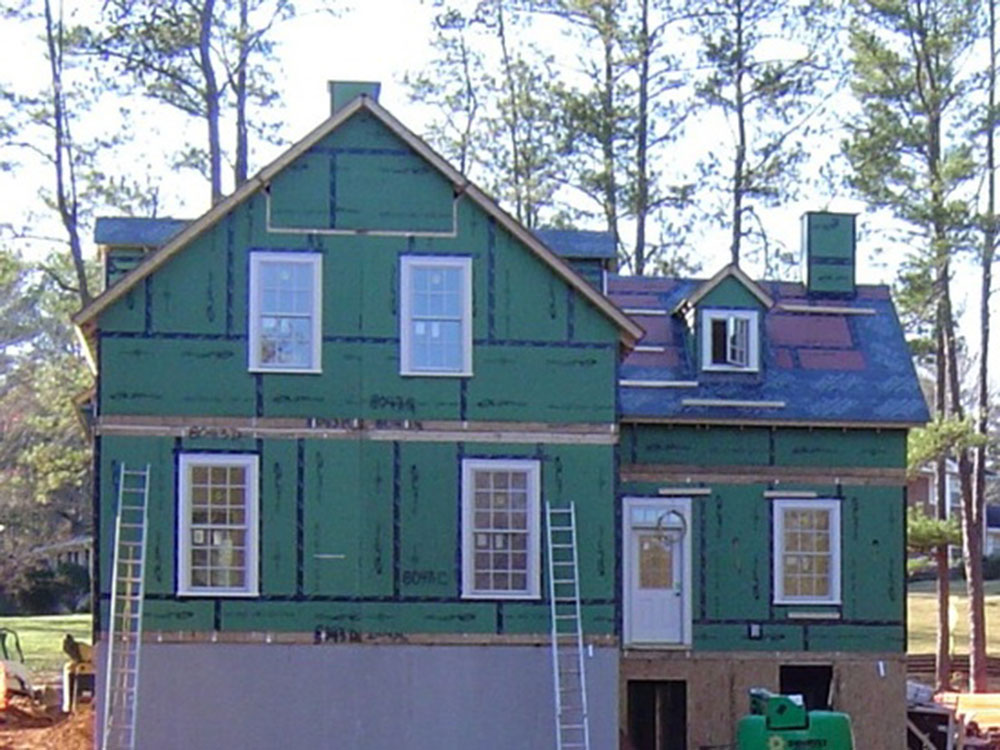
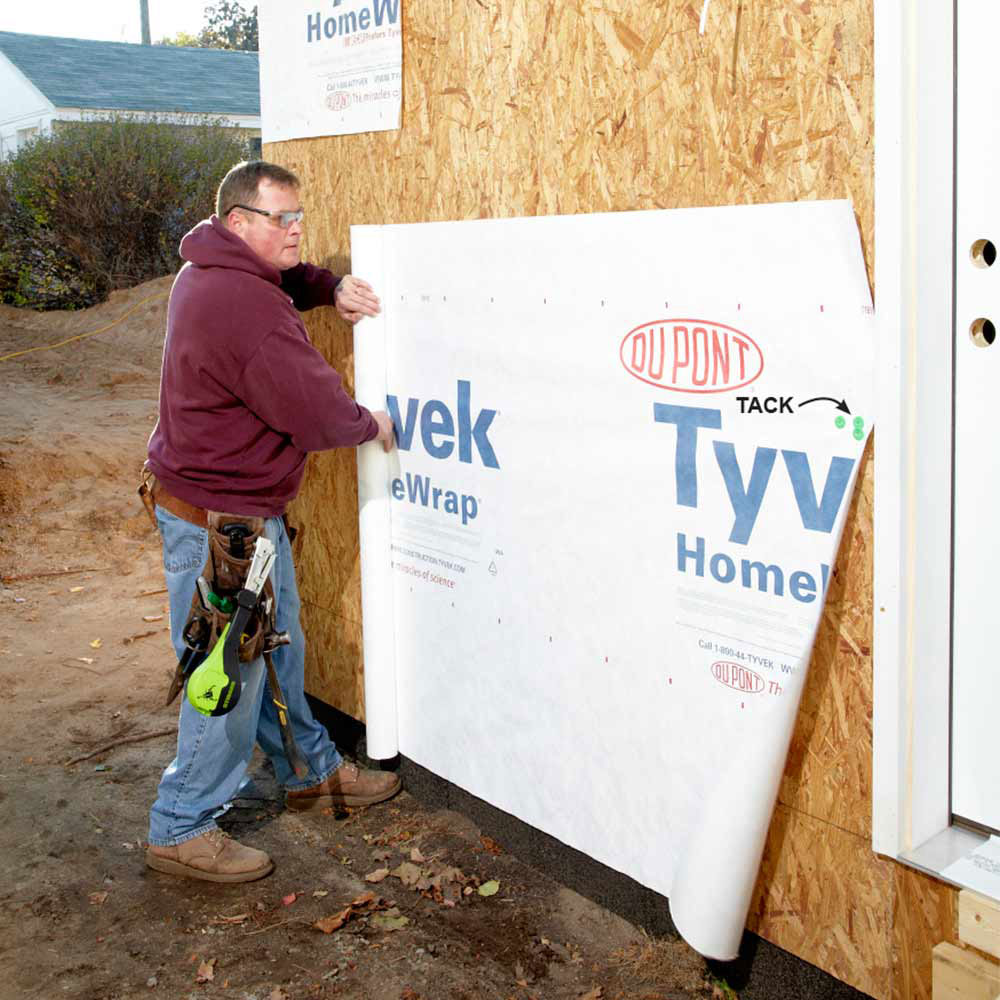
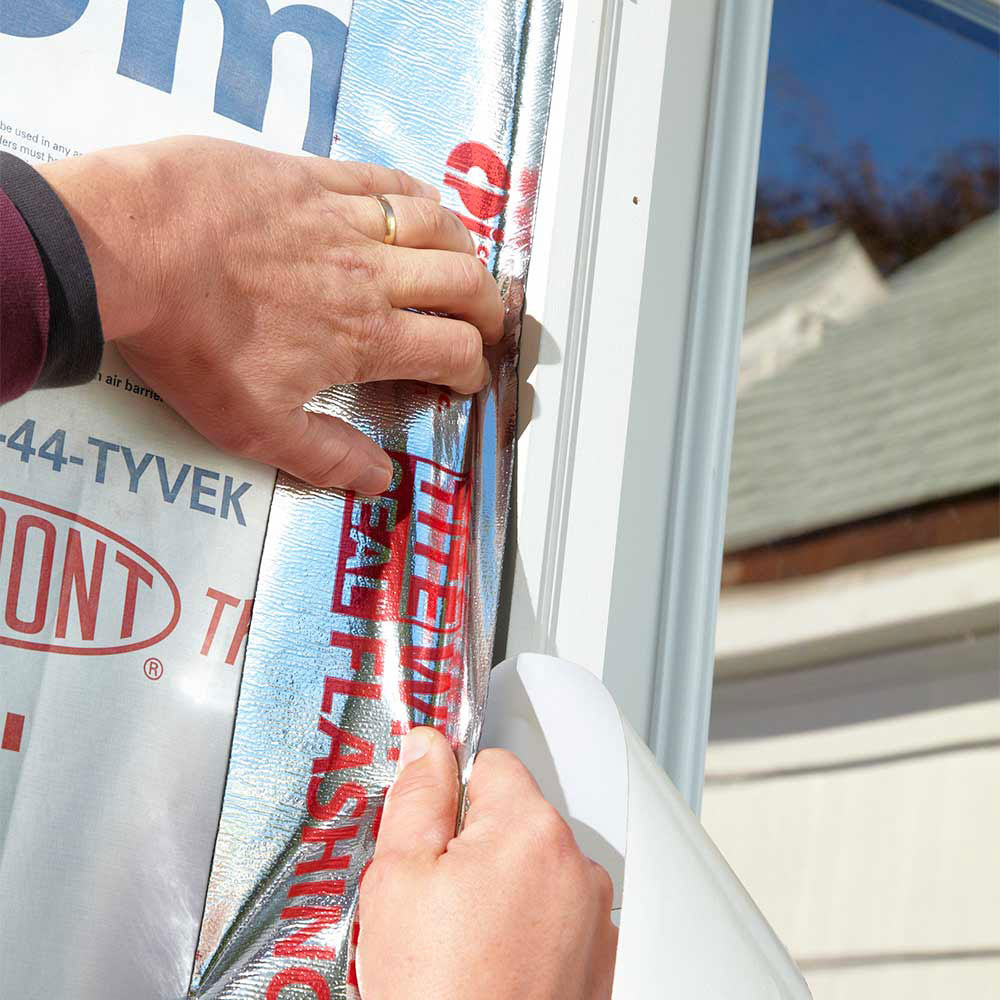
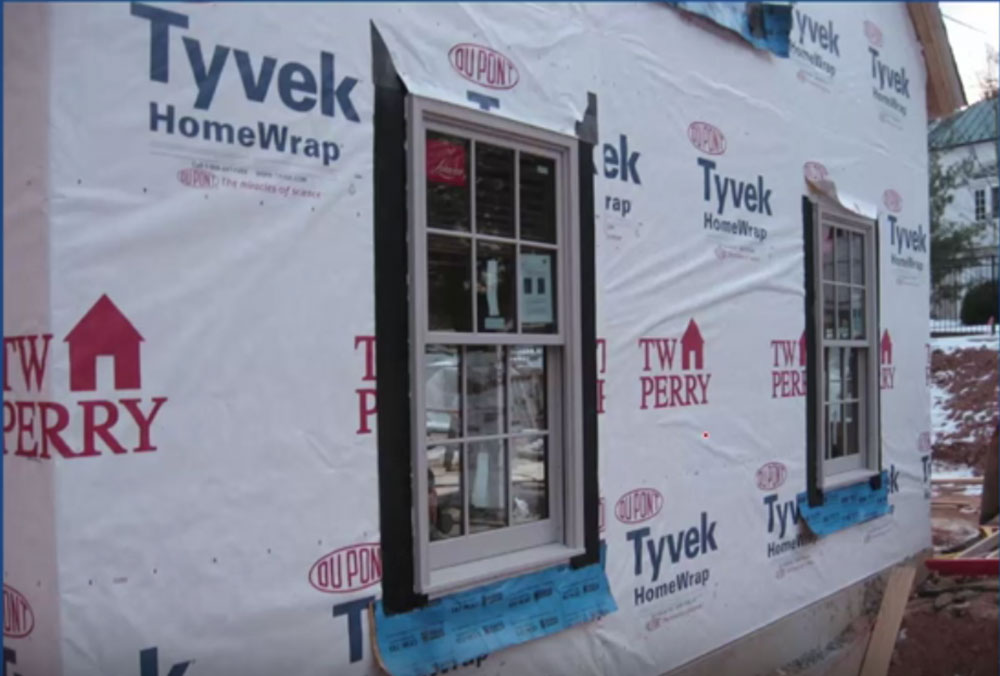

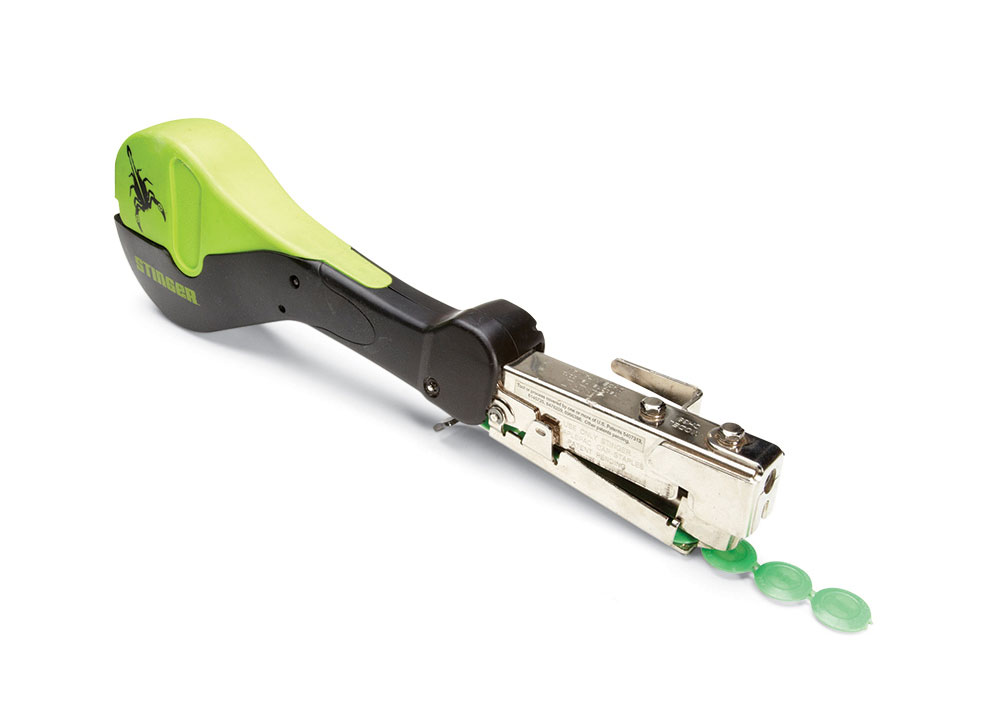
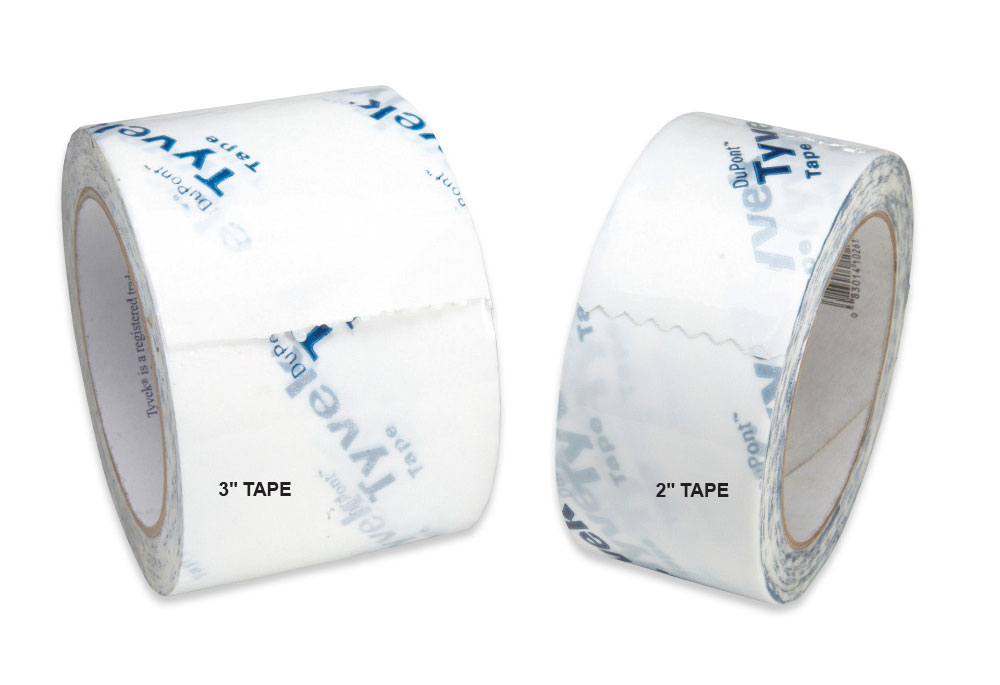
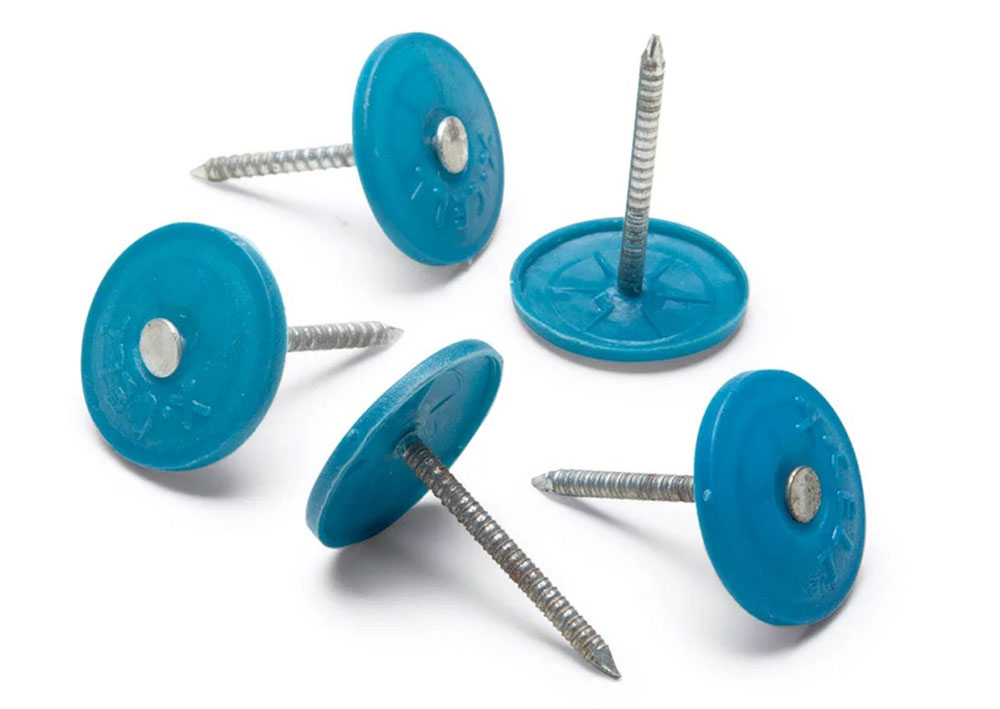
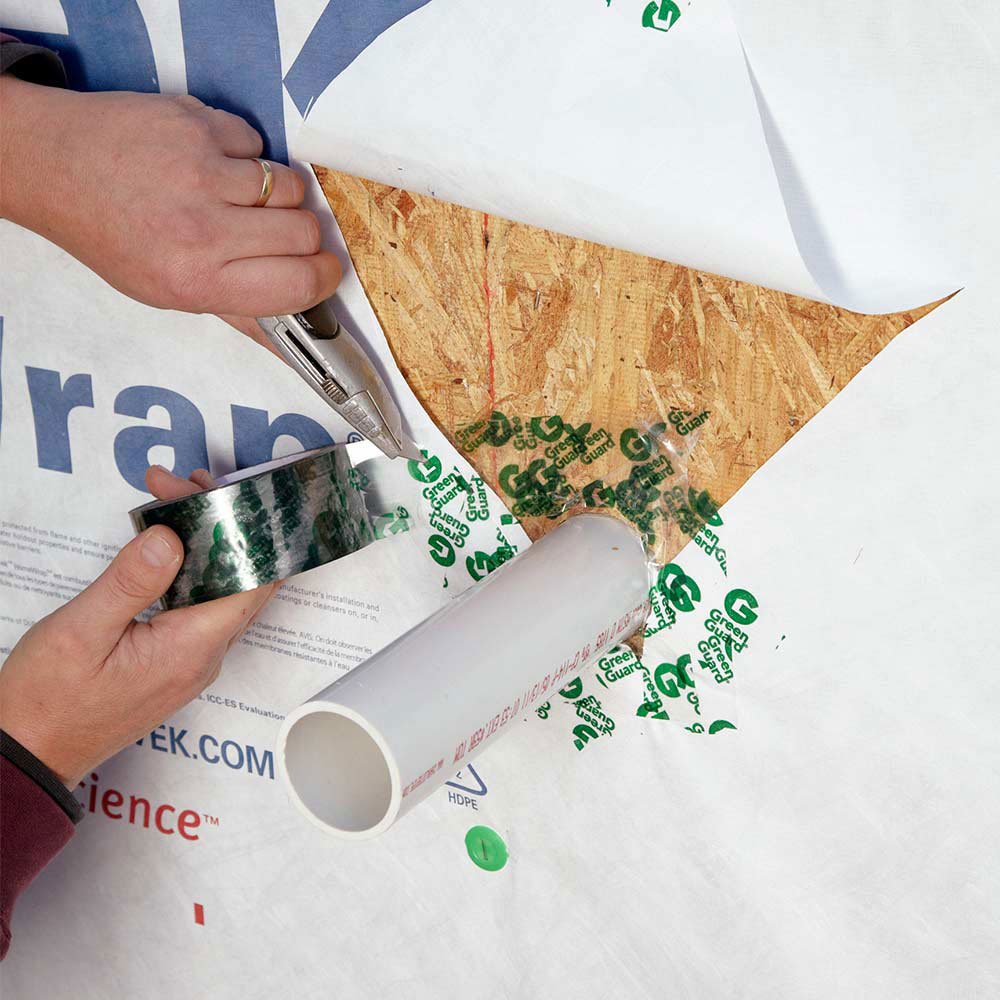
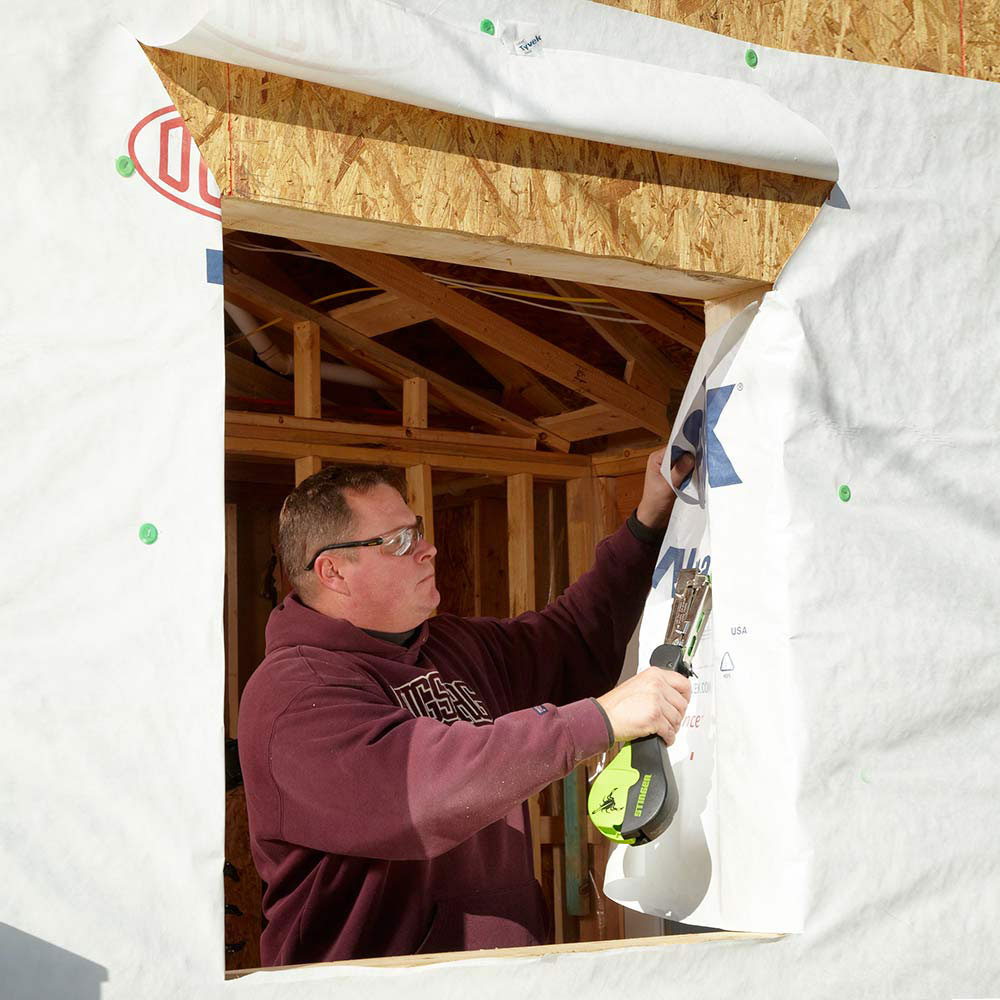
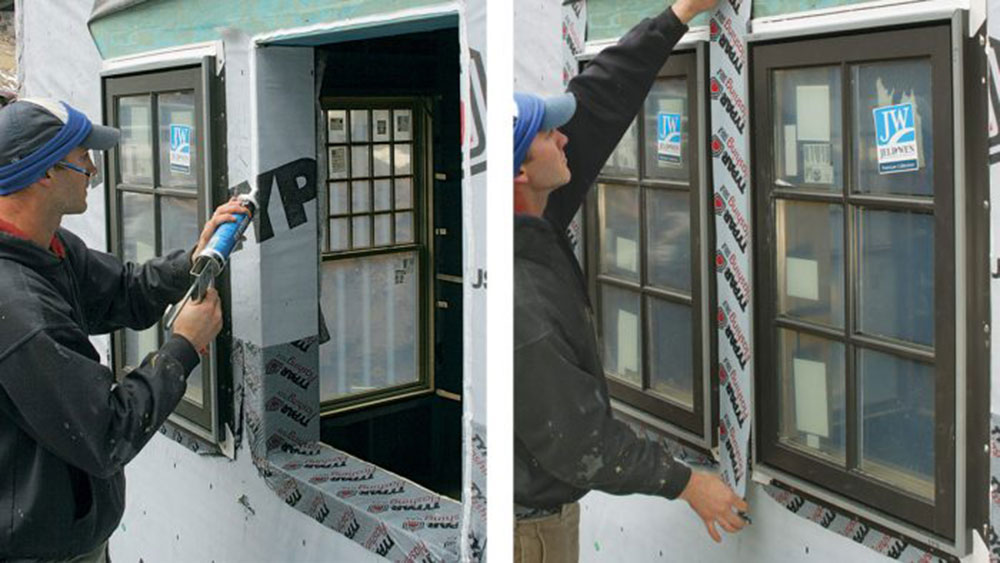
No comments:
Post a Comment